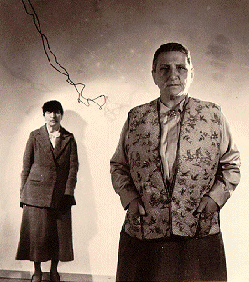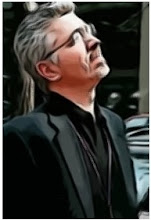
The four texts (Adams, Du Bois, Bourne, Gilman) we've looked at over the past couple of weeks share a common theme: a crisis is rocking American society and culture as the nation moves into the 20th century. The particular setting of each text varies, and each text seems to take up this crisis in different terms (science and technology, race, ethnicity, gender).
Despite these differences, are there commonalities in the way these texts imagine crisis? For instance, several of the texts share a concern with dysfunctional epistemologies - - problems with the way we know the social and personal world. Likewise, several of the texts focus on subjectivity - - what kinds of people does the new world of modernity produce?. And, several of the texts seem more concerned with how people experience the modern world rather than the dynamics of that world itself. Most of the texts also experiment with different ways of representing the crisis of modernity - - different textualities and forms.
What common motifs, themes, images, conflicts, literary techniques, or plots of crisis can you see among the four texts we've read? Which is most interesting? Which warrants further discussion and development?
Your goal in your first short paper is to describe, explain, and analyze the connections between the "critical" imagination of at least two of the texts we've read. That is, show me how two of the texts we've read seem to use some common motifs, images,conflicts, and/or plots, etc., to imagine and elaborate their sense of national crisis.
Your essay should be typed, no more than two pages, double-spaced. Proofread for typographical, spelling, punctuation, and grammatical errors. The essay is due at the beginning of class on Thursday, September 17, 2009. Enjoy!

















